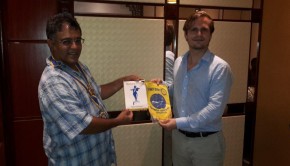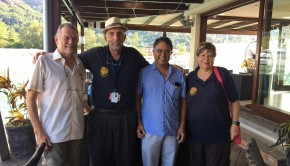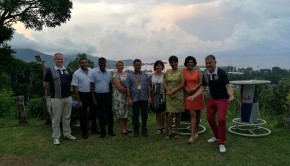Guest Speaker 4. About Solar Energy
On the 19th of December 2013, the RC Victoria Coco De Mer had the pleasure to host Mr Radley Weber and Mr Brian Orr as fourth guest speaker of the year.
It just happened that it was the last meeting of the year and we also enjoyed some champagne to celebrate the end of the year.
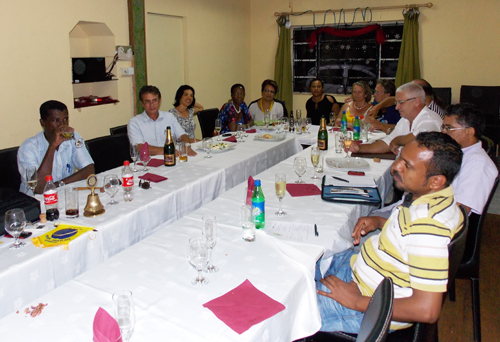
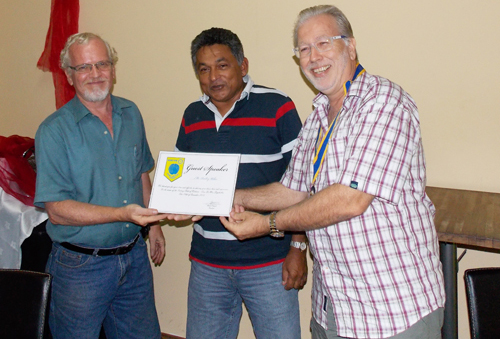
Extract from the official website of the company Vetivertech.
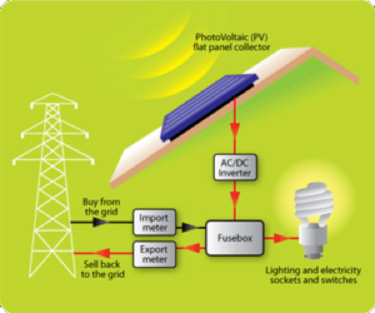 Solar Photovoltaic (or PV) technology allows to convert sunlight directly into electricity. PV gets its name from the process of converting light (photons) to electricity (voltage).
Solar Photovoltaic (or PV) technology allows to convert sunlight directly into electricity. PV gets its name from the process of converting light (photons) to electricity (voltage).
PV technoology was discovered in 1954 when scientists discovered that silicon (an element found in sand) created an electric charge when exposed to sunlight.
Today, Solar PV is a proven technology which provides electricity to millions of homes and businesses worldwide.
Solar panels are typically made of about 60 cells of 4 Watts each and deliver a power of 240 Wp. A typical house in Seychelles will requires between 10 panels (2.4kWp) and 50 panels (12kWp) to cover its electricity requirements, depending on the number of appliances such as cooker, refrigerator, TV, lighting and air conditioning.
Solar panels are usually installed on the roof and mounted on aluminum rails to create an array. For applications such as hotels and industries, arrays are interconnected to form a large scale PV system of several hundred kWp.
The two principal types of PV systems are grid-connected and stand-alone systems :
- Grid-connected systems. The inverter converts the DC power produced by the PV array into AC power consistent with the voltage and power quality requirements of the public grid. The AC power produced by the PV system supplies either on-site electrical loads, or feeds the public grid when the PV system output is greater than on-site load demand. . For safety reasons, the PV system automatically stops supplying power to the grid when is not energized. At night, and during periods when the electrical loads are greater than the PV system output, the balance of power required by the loads is received from the public grid.
- Stand-alone PV systems are designed to supply electricity to remote locations without access to the public grid or to a diesel generator. Such PV systems are equipped with batteries to store and release DC power, and charge controllers to prevent battery damage due to overcharge. Matching the total electrical load and pattern to the storage capacity of batteries is a critical part of designing well-performing, long-lasting stand-alone PV system.
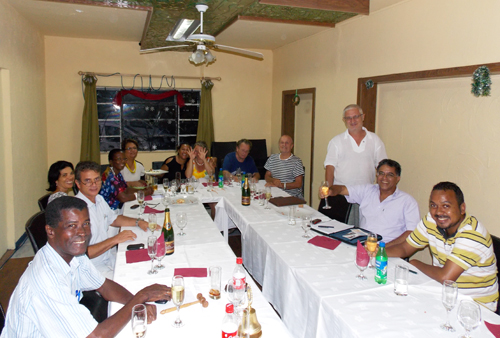
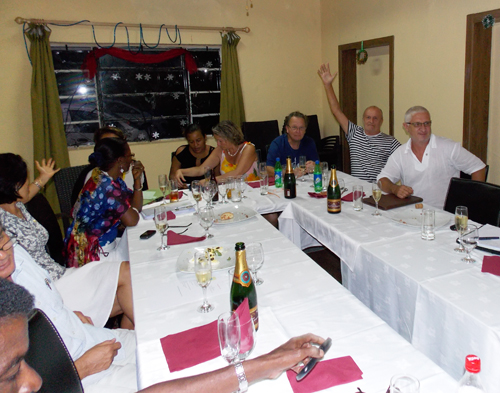
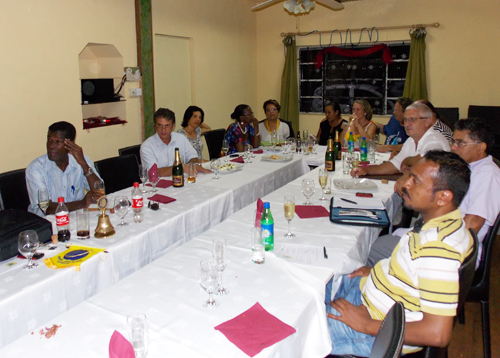
—————————————————–

